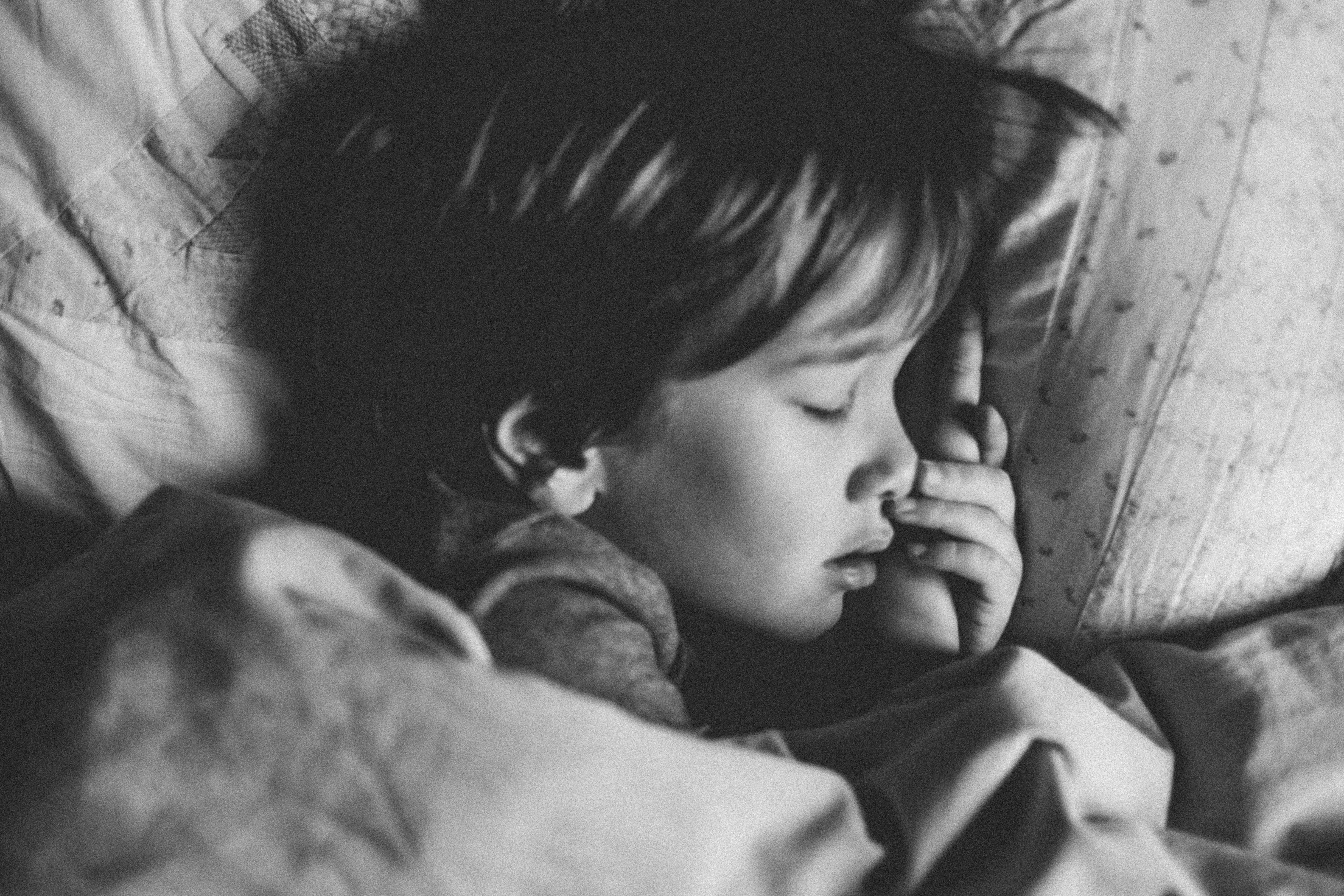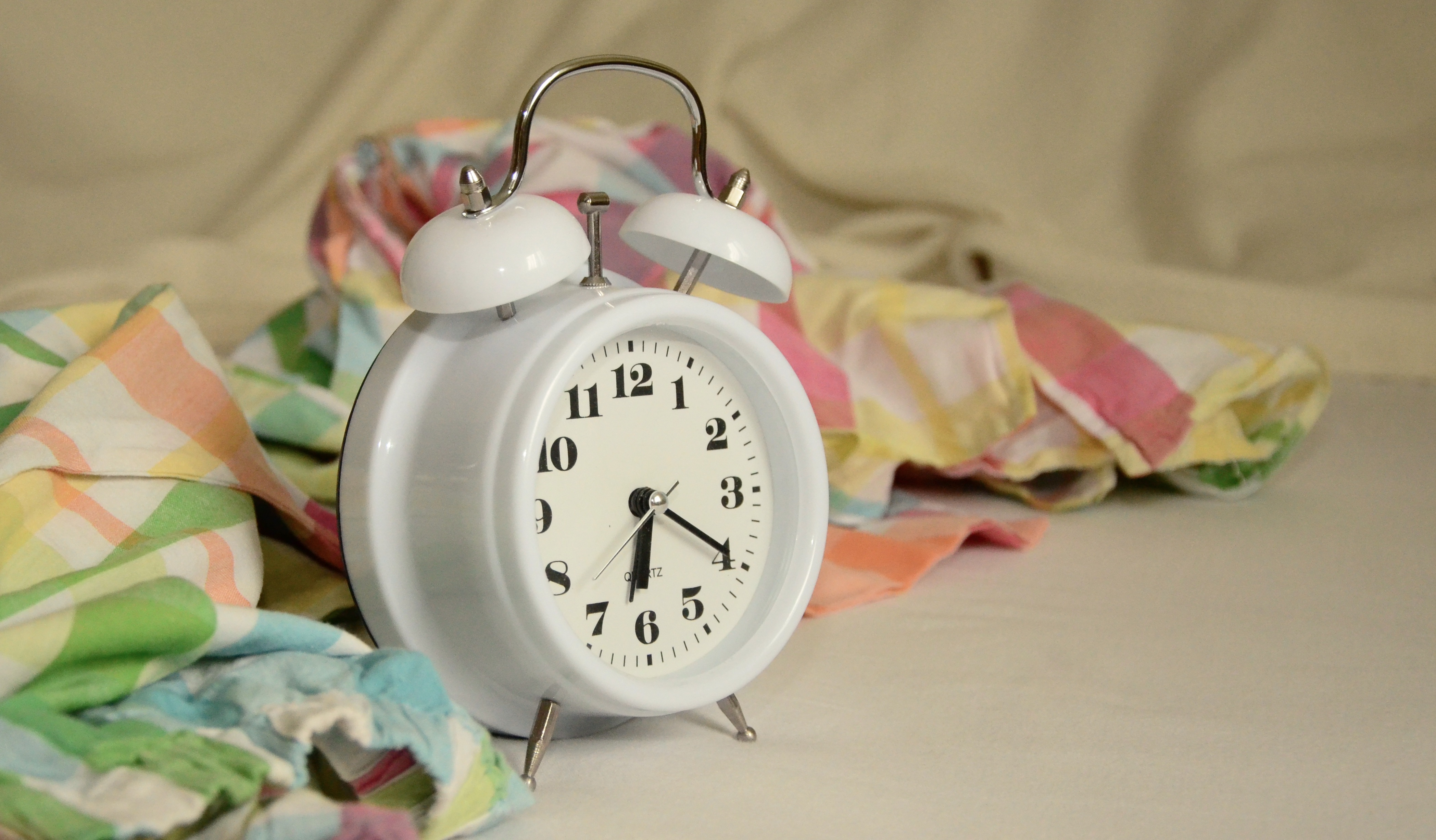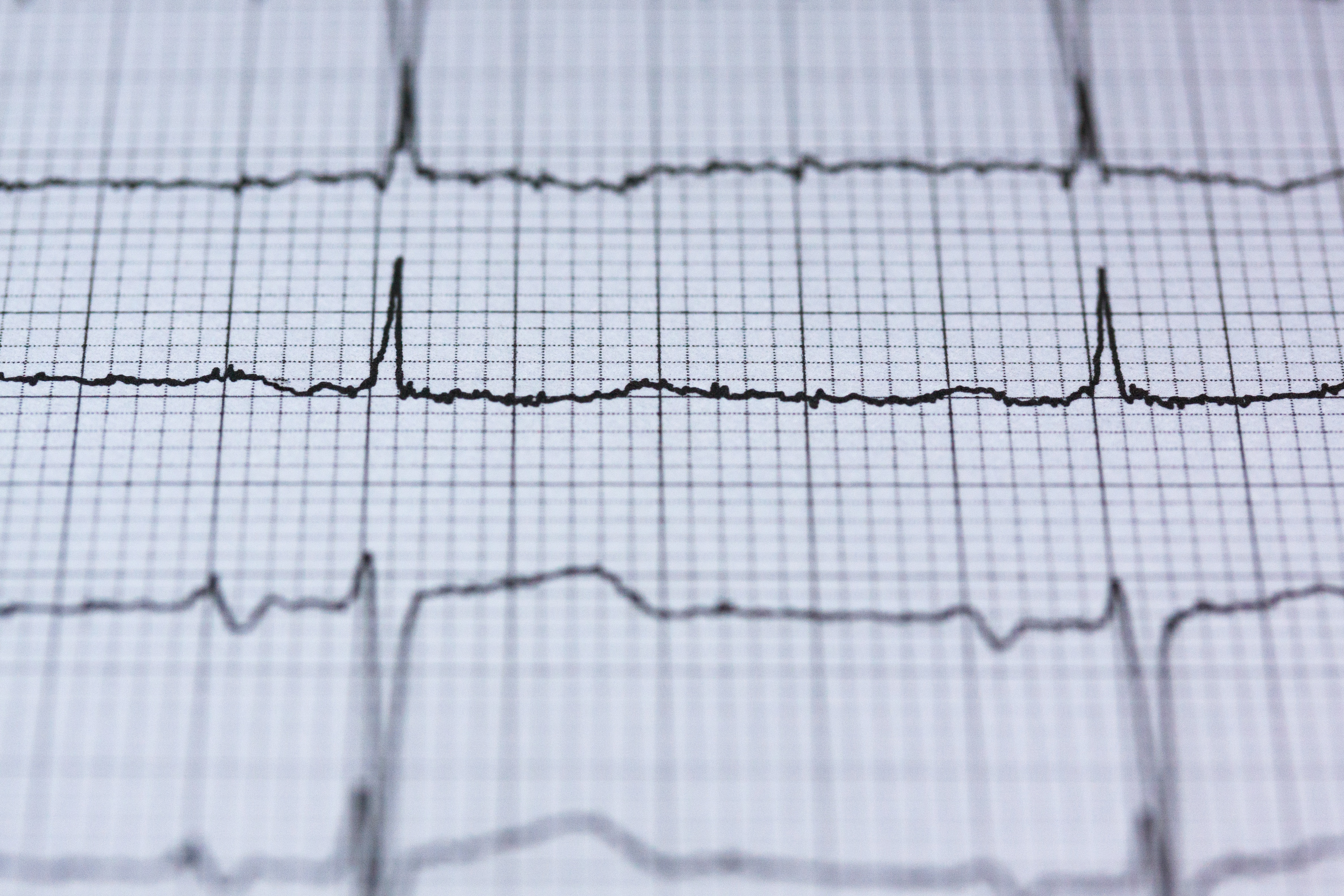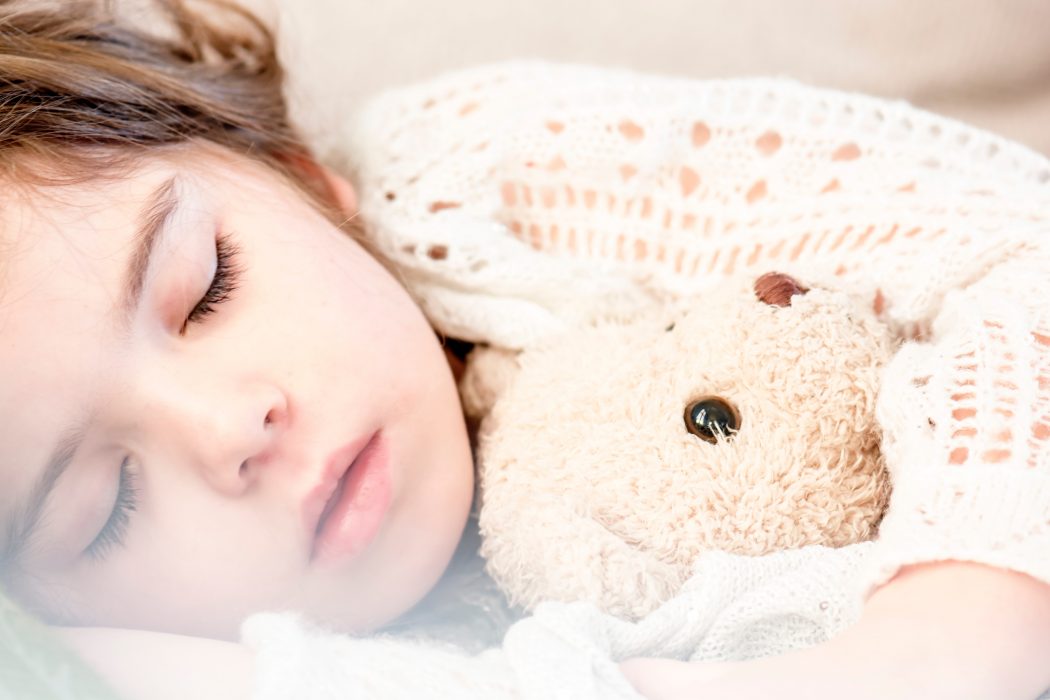A sleep study done either at home, or in a dedicated sleep unit such as St John of God in Murdoch will be able to determine whether a sleep disorder is present.
Sleep disorders are common, affecting about one third of all school-aged children.
Young children’s sleep disorders will likely affect the household’s sleep quality and overall energy levels.
Lack of good quality sleep in children or adolescents may impact growth, school performance, memory, mood and behaviour.

How do I know my child has a sleep disorder?
– Difficulty settling into sleep at a reasonable bedtime
– Waking often during the night (older than two years) or excessive restlessness
– Tired upon waking
– Loud snoring, gasping or difficulty breathing
– Morning headaches
A sleep study in a dedicated sleep unit such as St John of God in Murdoch will be able to determine whether a sleep disorder is present.
What are the most common sleep disorders?
Obstructive Sleep Apnea Syndrome:
Enlarged tonsils and adenoids can cause snoring or breathing difficulties by blocking airways.
An Ear Nose and Throat specialist can perform a surgical procedure to remove these.
Restless legs syndrome (RLS) / Periodic limb movement disorder (PLMD):
RLS describes discomfort such as tingling or prickling in the legs close to bedtime.
Movement in the legs relieves this temporarily and as such, sufferers will have an irresistible urge to move or walk.
PLMD is a similar movement of the legs but occurs during sleep.
Massaging the legs, a hot bath or an iron level test may help.
Parasomnias:
Parasomnias describe a group of psychological symptoms such as sleep walking or talking, nightmares, or sleep terrors.
This is generally not a concern unless these are a risk to the child’s safety, ongoing or very disruptive.

How much sleep do kids need?
Newborns to 3 months: 14-17 hours
Infants to 12 months: 12-15 hours
1 – 2 years: 11-14 hours
3-5 years: 10-13 hours
6-13 years: 9-11 hours
14-17 years: 8-10 hours

Top tips for kids sleep
From St John of God Murdoch Sleep Medicine and Paediatric specialist Dr Annie O’Donnell
1. Keep regular times for sleeping and waking to regulate the body’s clock
2. Create a bedtime routine that is relaxing, avoiding anything stressful
3. Make the room dark, cool and quiet. If there is noise out of your control, try white noise such as a fan or calming music
4. Invest in some supportive and comfortable bedding
5. Limit daytime naps for older children
6. Get some sunlight in the morning and avoid bright lights at night.
7. No devices or blue light within one hour of bedtime.
8. Ensure kids are getting plenty of physical activity, particularly early in the day.
9. Avoid stimulants such as sugar before bedtime.
10. Don’t let kids go to bed too full or too hungry. Keep mealtimes at least two hours before bed.
What is a sleep study?
Clinical Operations Manager from Murdoch Sleep Unit Simon Kemp said a sleep study (polysomnogram) is an overnight test that monitors sleep and breathing.
“The sleep test uses non-invasive sensors and a routine digital video correlate results with images. There are no needles and no extra medication is given.”
“Most people worry that their night’s sleep won’t be the same as at home, but a sleep unit can usually gather enough sleep data to make a diagnosis.”
Mr Kemp said patients arrive in the late afternoon with one parent or carer.

“Kids are able to bring along any personal items from home and one adult must stay with the child for the duration of the evening,” he says.
“After settling into your private room, small sensors are attached to the skin of the head, chest, finger and legs, enabling precise monitoring of your child’s sleep.”
“These are attached to state of the art equipment that monitors oxygen levels, breathing, brainwave activity, eye and leg movements and heart rate during sleep.”
“A continuous recording of your child’s sleep is created and provides a precise diagnosis of sleep disorders.”
Results of the polysomnogram are then sent to your referring doctor and a treatment plan is put in place.



